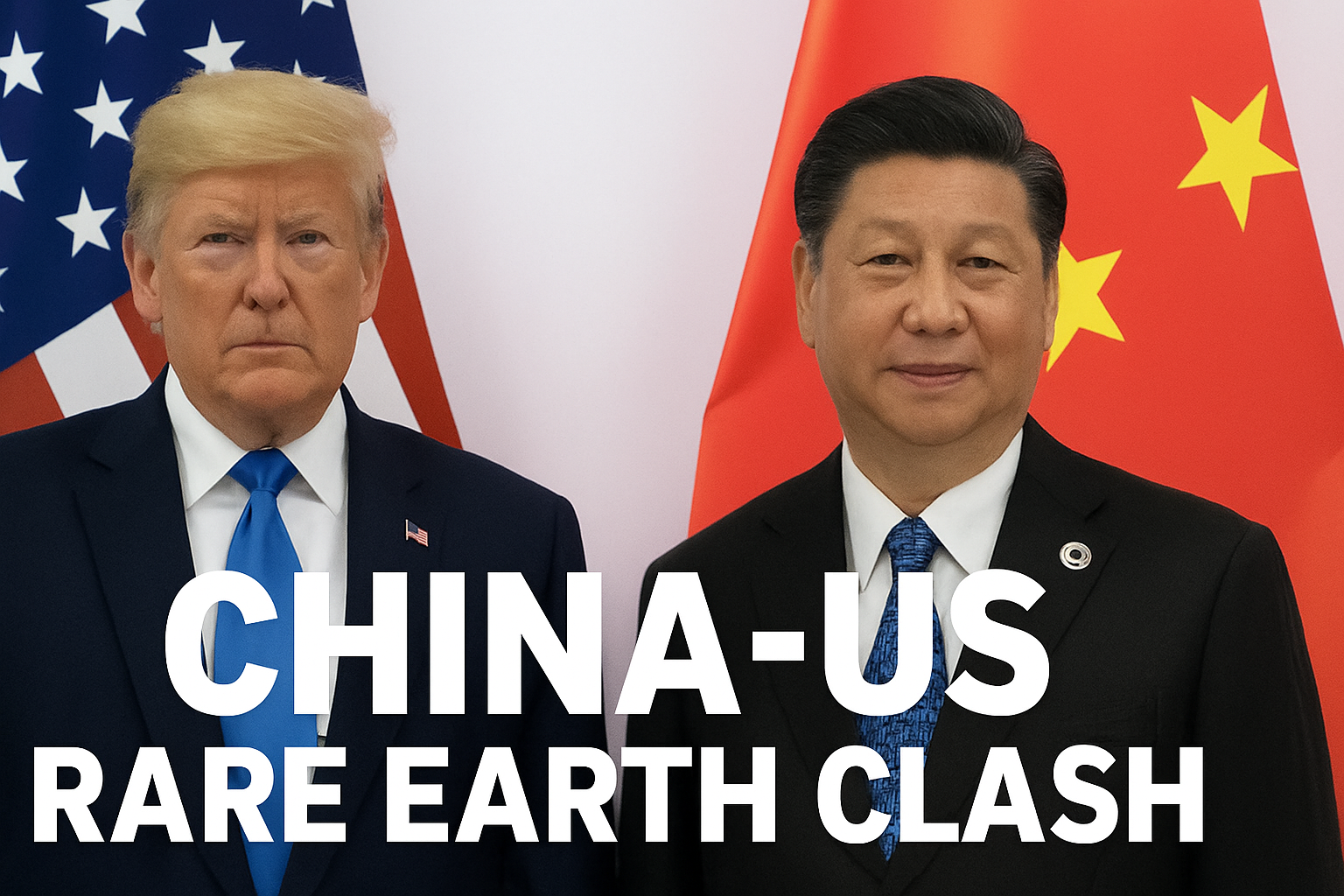
Attraction is not merely a romantic buzzword—it’s the brain’s alert system. It’s how our mind whispers, “Hey, this could be important.” Sometimes it’s subtle, like a gentle curiosity. Other times, it pulls us like a magnet, refusing to let go until we act on it.
Attraction, in its essence, is a mix of two elements:
- A sense of safety, even if imagined.
- A desire to connect—emotionally, intellectually, or physically.
Whether it's a person, a place, or an idea, attraction urges us to move closer. It’s the brain nudging us to explore, to know more, to bond.
Helen Fisher, biological anthropologist: “Romantic love is an ancient and universal human drive—more powerful than the sex drive.” (Source: TED Talk – "The Brain in Love")
A 2005 study by Fisher et al. published in the Journal of Neurophysiology showed that romantic attraction activates dopamine-rich areas of the brain like the ventral tegmental area—highlighting its evolutionary significance.
Crushes: When the Brain Recalls, Not Recognizes
Ever found yourself instantly liking someone you’ve just met? That’s not some mystical soul-connection. That’s your brain making a shortcut—mistaking familiarity for intimacy.
Crushes and early-stage infatuations often happen when someone’s behavior, tone, or vibe mimics people we’ve previously loved or admired. Your brain says, “I know this pattern. I’ve felt safe here before.” And just like that, you’re emotionally invested in a stranger.
Esther Perel, psychotherapist: “We are drawn to what is familiar, and yet, we also crave mystery. This tension fuels attraction.” (Source: Mating in Captivity)
Psychologist Robert Zajonc’s 1968 “mere exposure effect” study in Journal of Personality and Social Psychology demonstrated that repeated, even subconscious, exposure increases affinity. Your brain isn’t recognizing a stranger; it’s recalling a feeling.
Love: Biology’s Blueprint for Survival
Love isn’t just romantic—it’s evolutionary. Our ancestors didn’t survive on instincts alone; they formed bonds. Bonds led to cooperation, protection, child-rearing, and survival through the harshest of times.
Falling in love is the brain’s way of pushing us toward long-term connection. The sense of emotional safety, the comfort of presence, the willingness to invest—all of it serves a biological purpose: to help us thrive.
Dr. Sue Johnson, psychologist: “Love is not the icing on the cake of life. It is a basic human need.” (Source: Hold Me Tight)
Hazan and Shaver’s 1987 study in the Journal of Personality and Social Psychology reframed romantic love as an attachment bond, similar to infant-caregiver relationships, validating love's role as a survival tool.
Sexual Attraction: The Brain’s Pleasure Reflex
Now let’s pivot to something often confused with love—lust.
Sexual attraction doesn’t require emotional connection. It’s the brain responding to a different type of cue—a visual, a scent, a tone of voice, a memory trigger. These cues activate neural pathways linked to past experiences of sexual pleasure. Think of it like muscle memory for desire.
Dr. Debra L. W. Mollen, psychologist: “Sexual desire is often a complex interaction of hormones, social conditioning, and personal experience.”
Hormones like dopamine and testosterone are at play, as are cultural influences and opportunity. Georgiadis & Kringelbach’s 2012 review in Neuroscience & Biobehavioral Reviews mapped how different phases of sexual response activate separate brain regions linked to arousal, desire, and orgasm.
The Great Confusion: Love vs Lust
One of the biggest mistakes we make in relationships is confusing lust for love—or expecting one to naturally lead to the other.
Lust can kickstart a connection. It feels urgent and thrilling. But it doesn’t hold the emotional depth required to build a future. Love, on the other hand, may begin quietly, but it builds with trust, time, and shared experience.
Dr. Jim Pfaus, Concordia University: “Love and desire activate overlapping but distinct areas of the brain. One promotes bonding, the other pleasure.”
A 2012 meta-analysis by Cacioppo et al. in the Journal of Sexual Medicine confirmed that love and lust activate different but interconnected brain systems—love activates areas related to bonding and long-term planning, while lust lights up the reward system linked to pleasure and risk-taking.
Why This Matters in the Long Run
Throughout our lives, we will feel attraction over and over—toward people, experiences, even abstract ideas. Sometimes the pull will fade. Sometimes it will return, again and again, forming patterns that feel inevitable.
But which attractions turn into relationships and which merely flicker and fade depends on what part of the brain is in charge: the one seeking safety and growth, or the one chasing momentary pleasure.
Understanding these forces helps us make better choices. It empowers us to ask:
- Is this person familiar or truly known?
- Am I reacting to a trigger or responding to a connection?
- Do I want excitement or enduring companionship?
In the End, Love Wins the Long Game
Sexual attraction may be intense, but love is what sustains us. Lust might start the fire, but love is the warmth we live by. And while both are natural, only one ensures survival—not just of the species, but of our emotional well-being.
So, the next time your heart races at the sight of someone or you feel a flutter you can’t explain—pause. Ask what your brain is trying to tell you. Is it memory? Biology? Desire? Or something more?
Attraction is inevitable. But love? Love is intentional.
-Written By Aishwarya Sharma
Aishwarya.sharma822@gmail.com


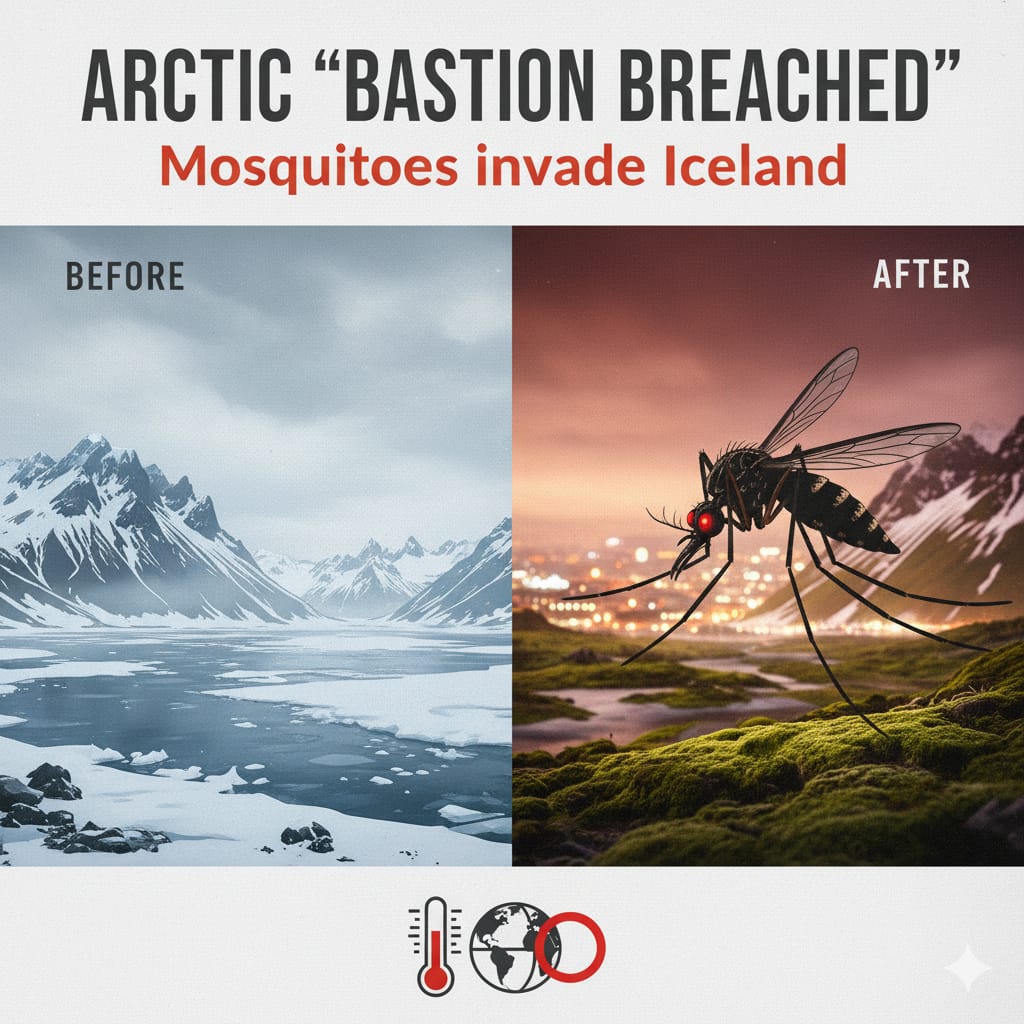
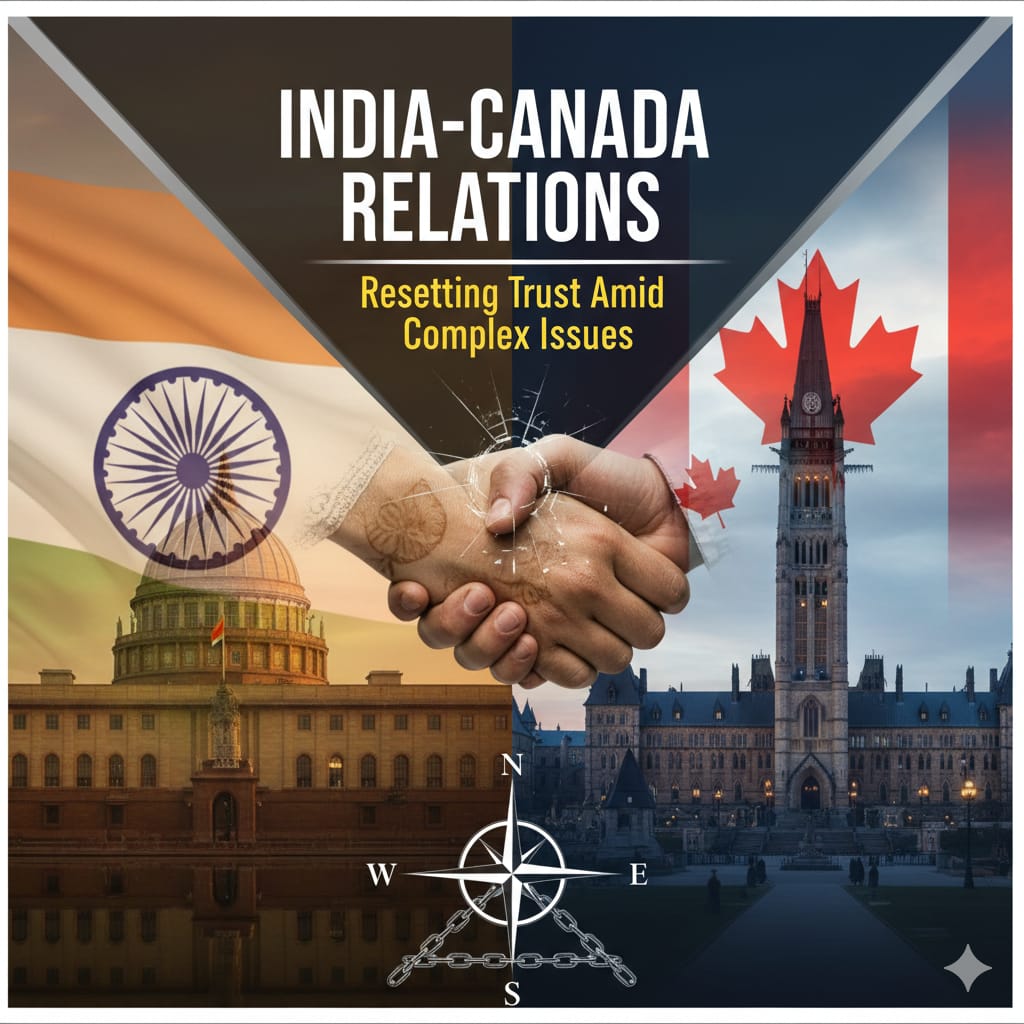
.jpeg)


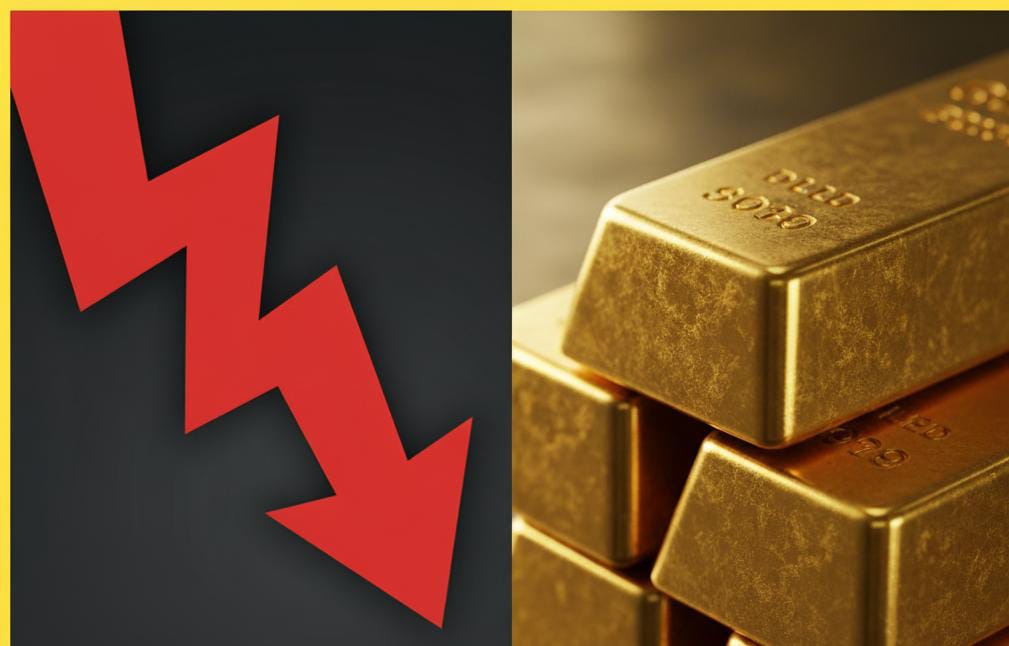
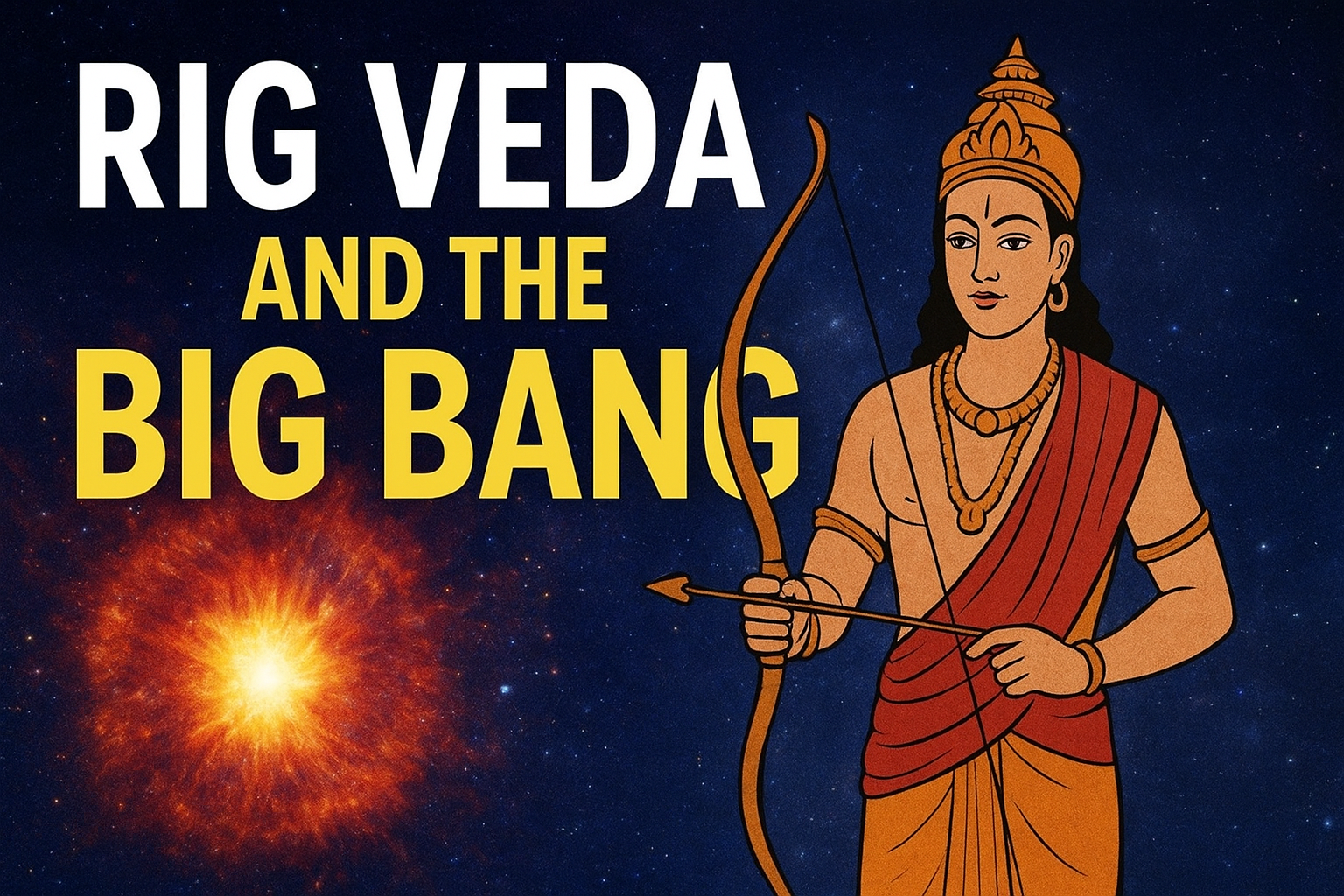
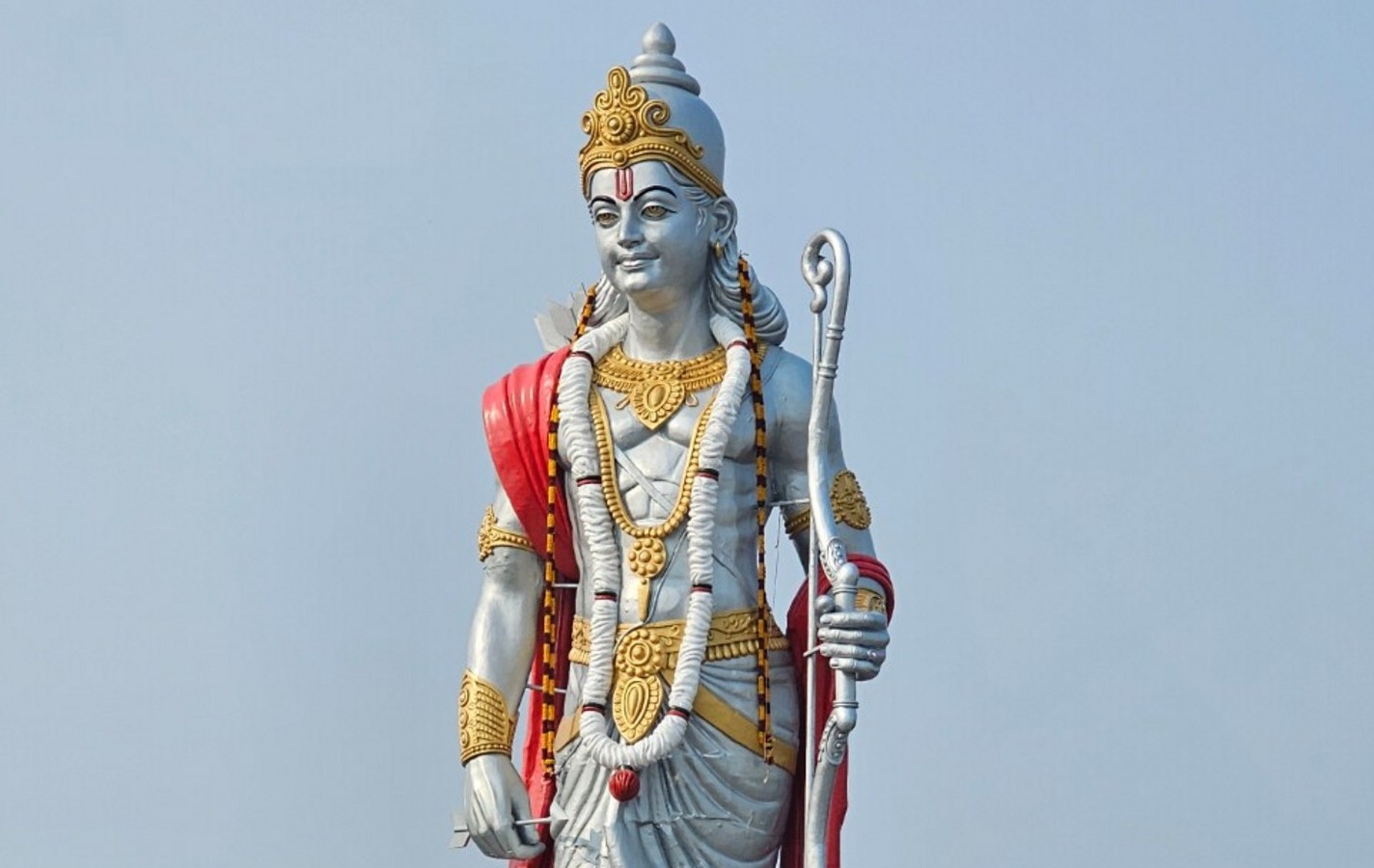
.jpeg)

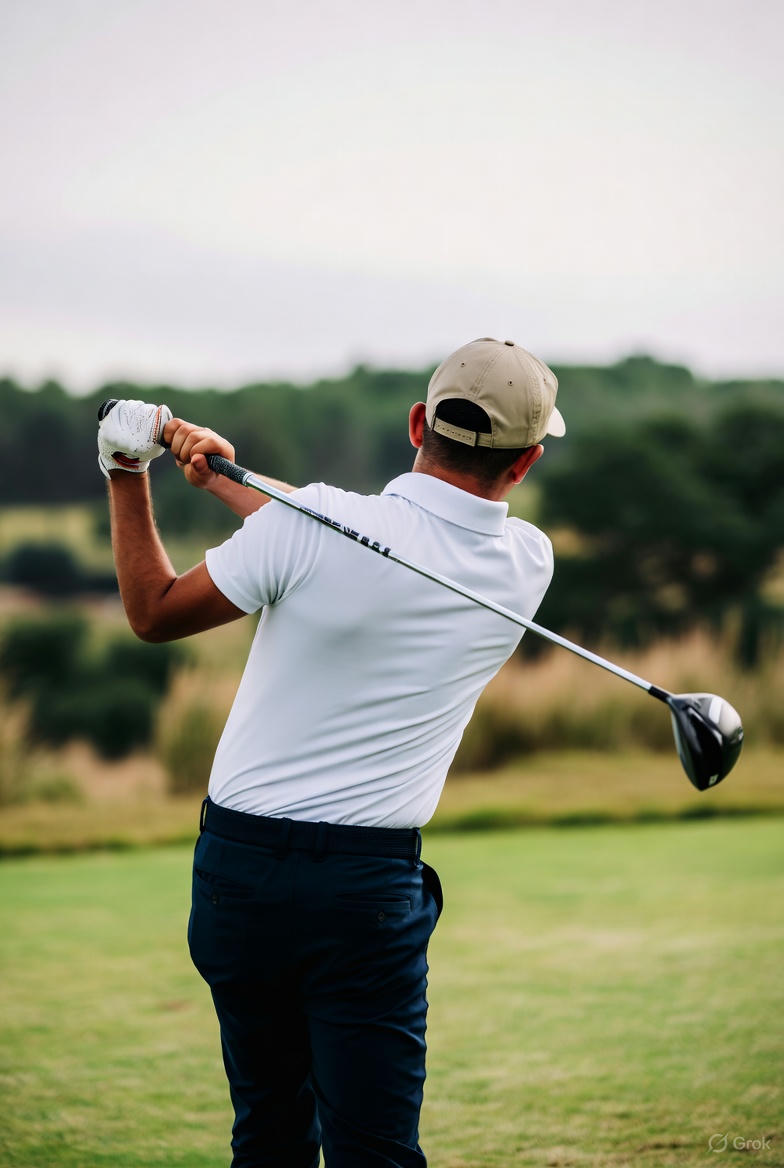

.jpeg)


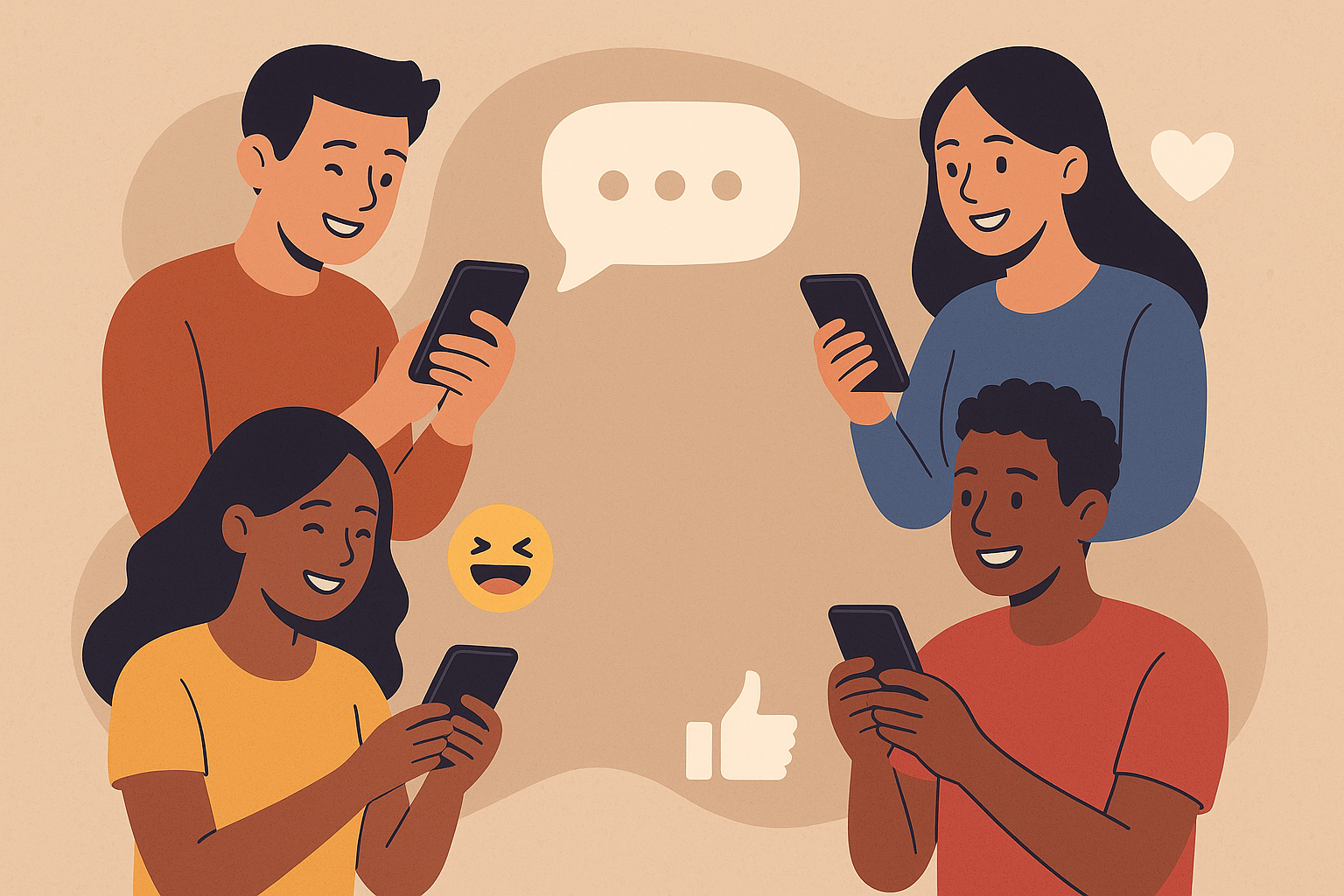
.jpeg)
.jpeg)
.jpeg)
